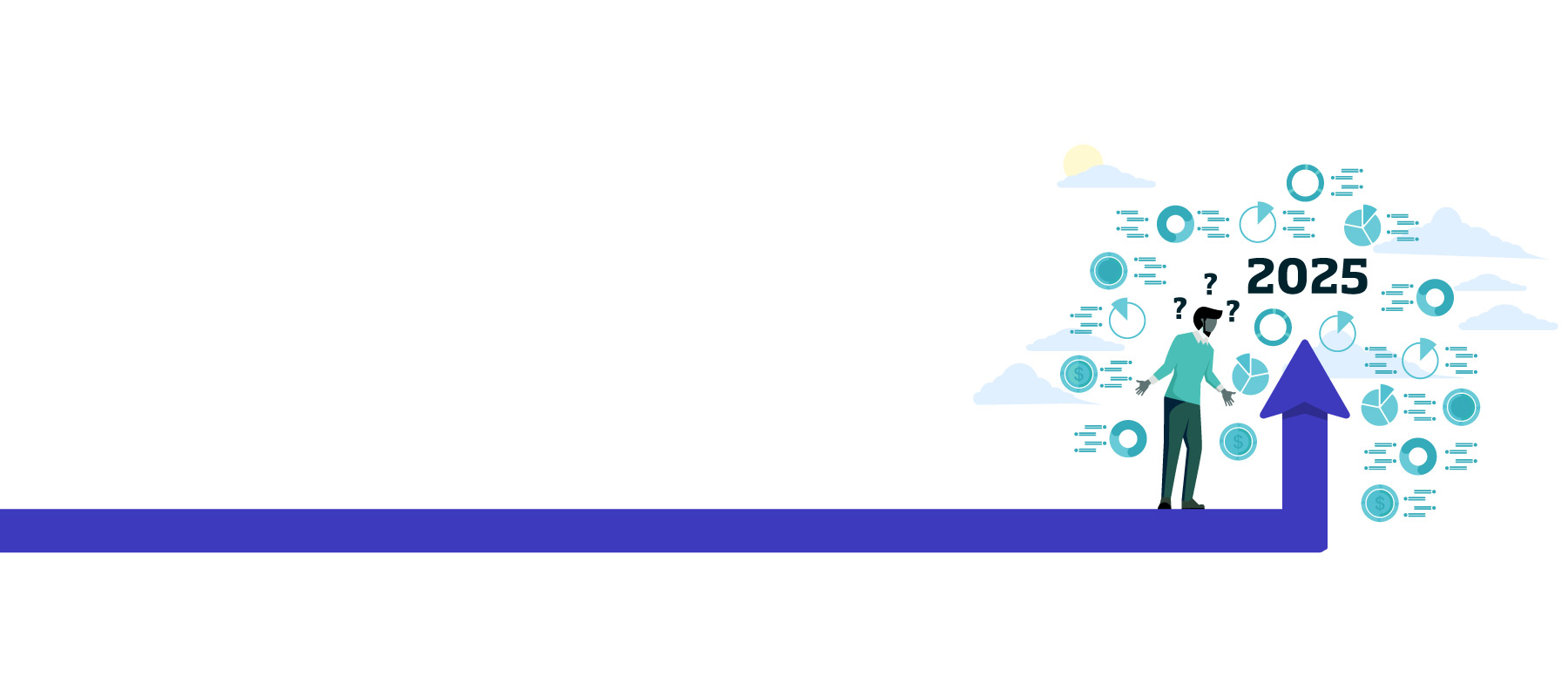Rio Tinto Group is a global leader in metals and mining. In case A of this two-case series, the Group’s Blair Athol Coal (BAC) mine in Australia finds itself confronted with the risk of losing one of its major customers, a Japanese Power Utility company to competition. The thermal coal mine’s sales director reports on the unexpected outcomes of a meeting with this key customer. Despite an attractively priced offer, and regardless of relying on well-proven marketing arguments, he learns, much to his surprise, that the power utility is about to shift to a different coal supplier selling a technically inferior commodity based on entirely different customer benefits and promoting its offer under a new brand name, a practice so far unheard of when marketing thermal coal. BAC must decide how to respond to such a competitive move. The company’s commercial general manager realizes that his company must gain a deeper understanding of where value lies for its B2B customer, create a market offering that truly resonates with the Japanese power utility, quantify and document value created, and persuasively communicate value in such a B2B purchasing context. Together with his sales manager, he decides to mandate a newly-hired technical marketing manager to conduct a customer value assessment. Case B introduces the customer value assessment project and its team members. Instructors can use the data provided in an EXCEL spreadsheet to ask participants to benchmark BAC’s offer with competition and calculate its economic value-in-use. Participants assess the attractiveness of different geographic customer segments in Southeast Asia and recommend preferred target segments. Data provided in the case allows participants to craft a value proposition based on true points of difference and suggest at which price Rio Tinto should sell BAC’s thermal coal in the market.
Research Information & Knowledge Hub for additional information on IMD publications
Research Information & Knowledge Hub for additional information on IMD publications








